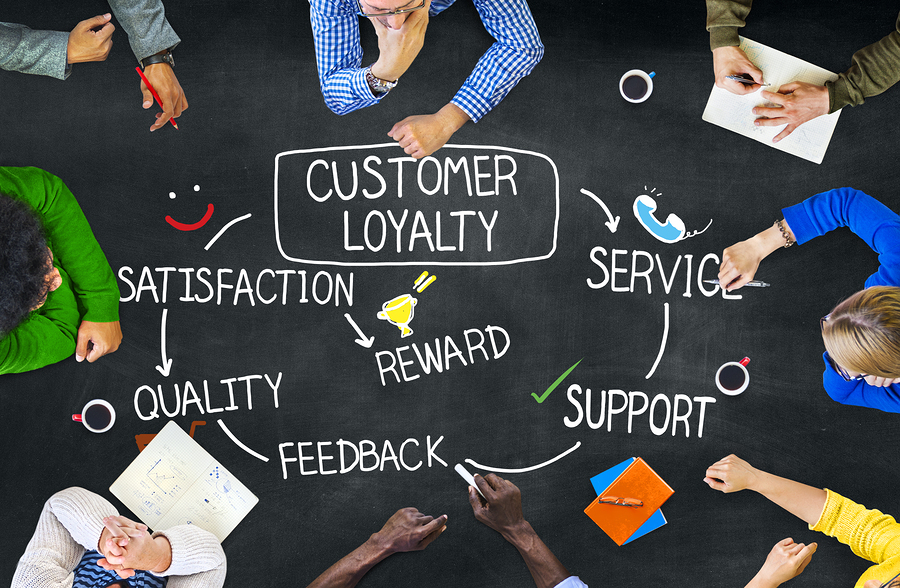
Customer loyalty is the tendency of shoppers to purchase a product or use the providers supplied by an organization with a excessive stage of consistency.
Buyer loyalty would be the key to success not solely within the quick time period however a sustainable aggressive benefit. It is because buyer loyalty has strategic worth for the corporate. The rewards of loyalty are long-term and cumulative. So the longer the loyalty of a buyer, the higher the revenue the corporate can get from a buyer.
In accordance with Oliver (in Sangadji and Sopiah, 2013)
Buyer loyalty is a buyer’s dedication to persist deeply to re-subscribe or repurchase the chosen services or products constantly sooner or later, although the affect of the scenario and advertising efforts have the potential to trigger modifications in habits.
In the meantime, in line with Morais (in Sangadji and Sopiah, 2013) says that buyer loyalty is a buyer’s dedication to a retailer model, or provider, based mostly on a really constructive perspective and is mirrored in constant repeat purchases.
Traits of buyer loyalty.
Loyal prospects are an vital asset for the corporate. Griffin (in Sangadji and Sopiah, 2013) states that loyal prospects have the next traits:
1) Make common purchases
2) Make purchases throughout all services or products strains
3) Suggest different merchandise
4) Exhibit immunity from the attraction of comparable merchandise from opponents
As well as, Hasan (2014) states that loyal prospects not less than present traits equivalent to:
1) There’s a sequence of purchases and the proportion of purchases, or the likelihood of buy.
2) The diploma or measure of buyer proximity to a services or products.
3) There’s a constructive feeling in the direction of the services or products.
4) Common use of the identical services or products.
Primarily based on a number of traits of buyer loyalty that As acknowledged above, it may be concluded that the traits of buyer loyalty are the existence of a sequence of purchases and the proportion of purchases, or the likelihood of buy, the extent or measure of buyer proximity to a services or products, constructive emotions in the direction of the services or products, common use of the identical services or products.